How to care for a peacock plant – tips for vibrant leaves and healthy growth
Find out how to care for a peacock plant and keep this colorful indoor favorite in top condition
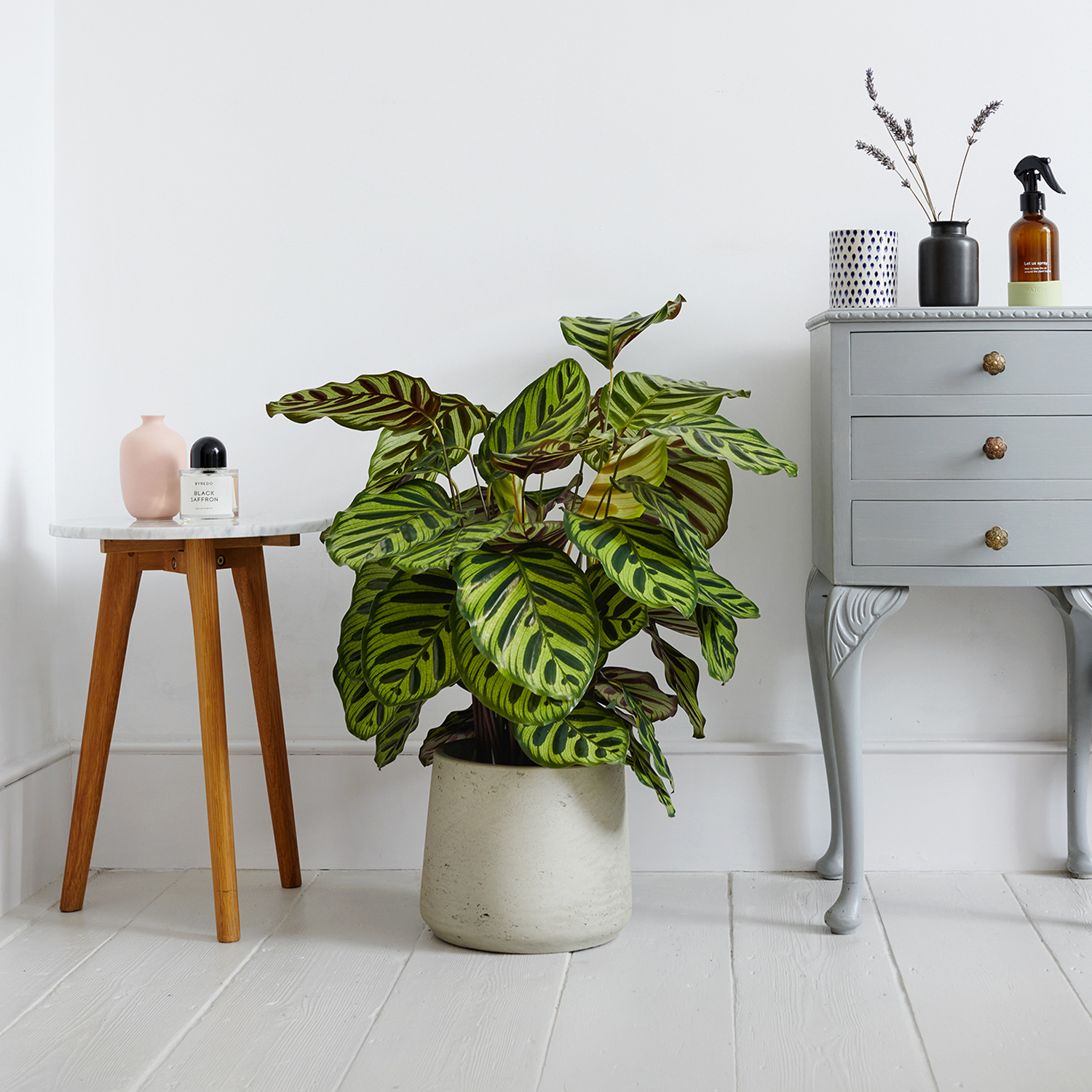

Discover how to care for a peacock plant (Calathea makoyana) and you’ll be repaid with showstopping foliage and a stunning indoor feature.
Striking oval leaves boldly striped with tones of green, gold, white and burgundy have earned these plants a few different names including cathedral windows, zebra plant and prayer plant. Even the undersides are often a deep burgundy red, adding to their dramatic good looks.
These plants also have the intriguing habit of visibly moving their leaves, raising them to the light during the day before relaxing and spreading them at night.
If all this adds up to one the best house plants for your interiors, these expert care tips will ensure it stays in top condition.
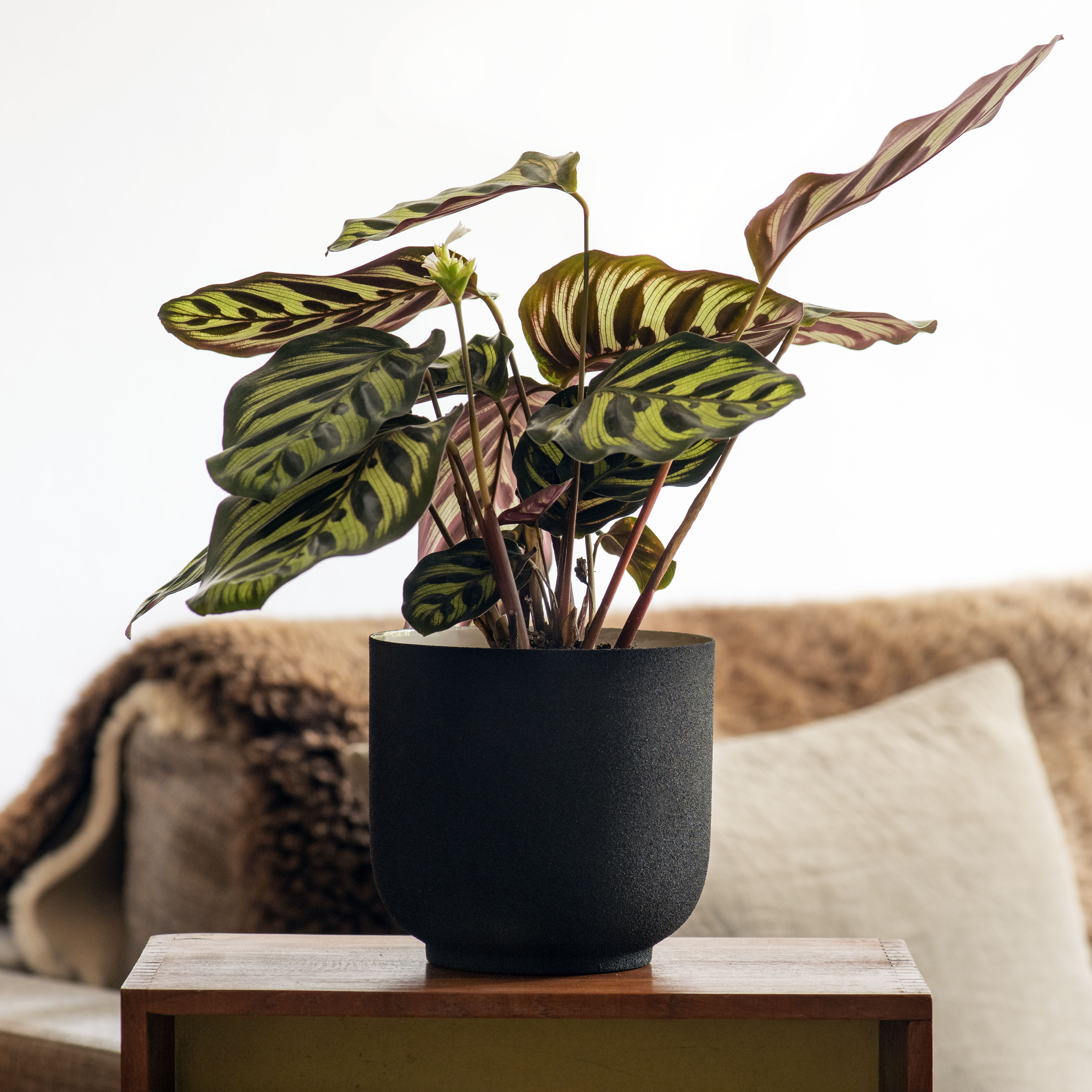
How to care for a peacock plant
‘Peacock plants grow in a stunning variety of colors that can be a showstopper in any room,’ says Richard Cheshire, plant doctor at Patch Plants. ‘These plants not only look interesting, but they also move, raising their leaves and stems vertically when the sun sets and spreading them open again as the day begins.’
Note that while peacock plants are sometimes called prayer plants, the latter are actually maranta plants – although they are part of the same family. ‘Maranta and Calathea plants belong to the family Marantaceae, and they make beautiful pet-safe house plants,’ says Mark Lawlor of Happy Houseplants.
Growing up to 15in (40cm) high and wide, peacock plants are perfect for sitting proudly on a side table, shelf or grouped together with other heat and humidity loving plants for a stunning display of foliage, and this is the lowdown on how to care for a peacock plant.
What conditions does a peacock plant prefer?
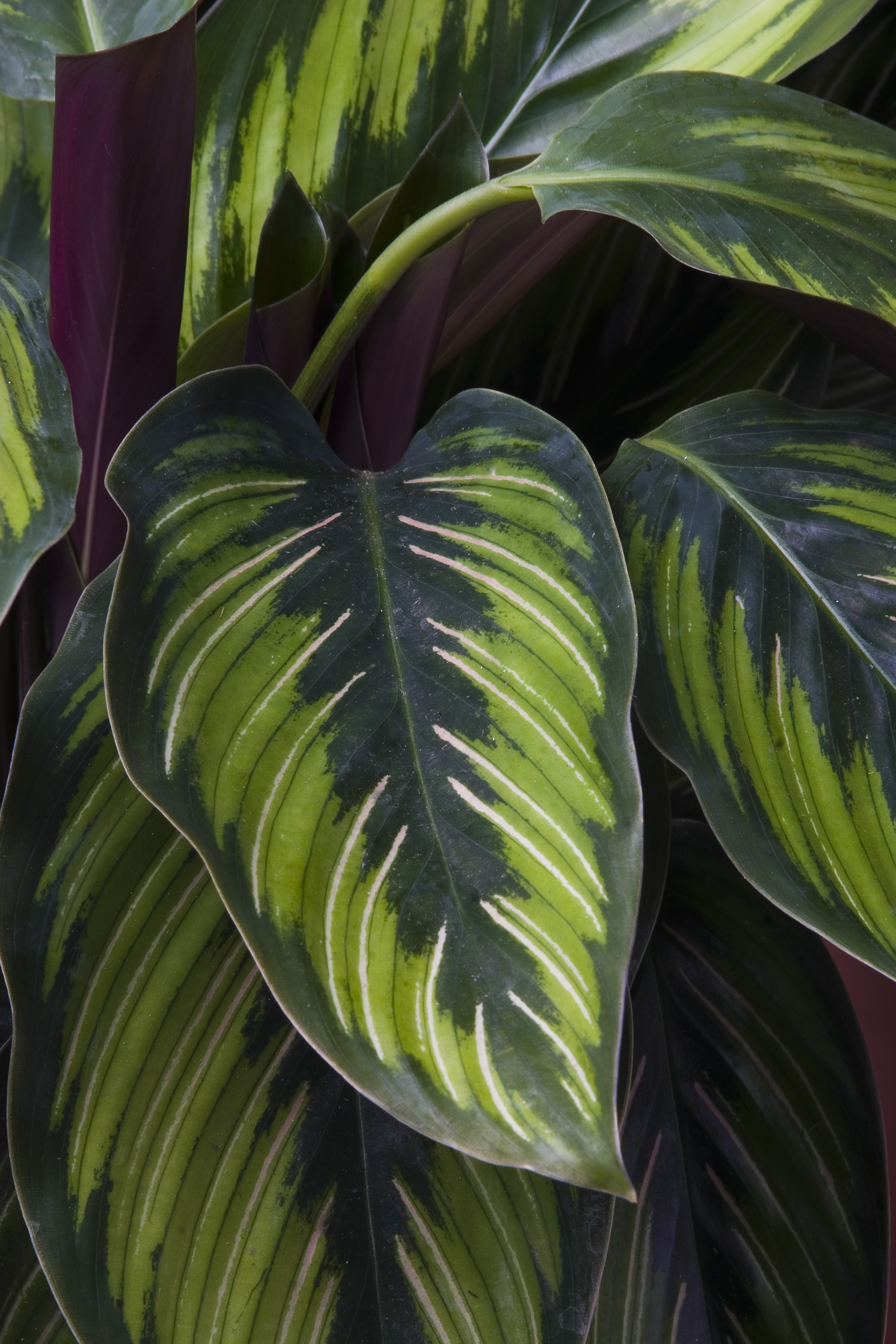
Think about when they come from when caring for a peacock plant. ‘As these plants originate from the tropical Americas, try mimicking these conditions by placing your plant in a warm, humid environment,’ says Mark McCance, director of Hortology. ‘Plenty of bright, diffused light will keep your Calathea’s leaves glossy and vibrant, but avoid direct sunlight as this can cause fading and your plant may be at risk of scorching.’
However, that doesn't mean you can't keep this plant happy and healthy in winter. Knowing how to care for house plants over winter is important as during these months plants' growth rate slows significantly and many enter a dormant state – so you need to alter your care schedule to keep them happy. This low light plant is a must-have all year around, even during the colder months.
How and when to water a peacock plant
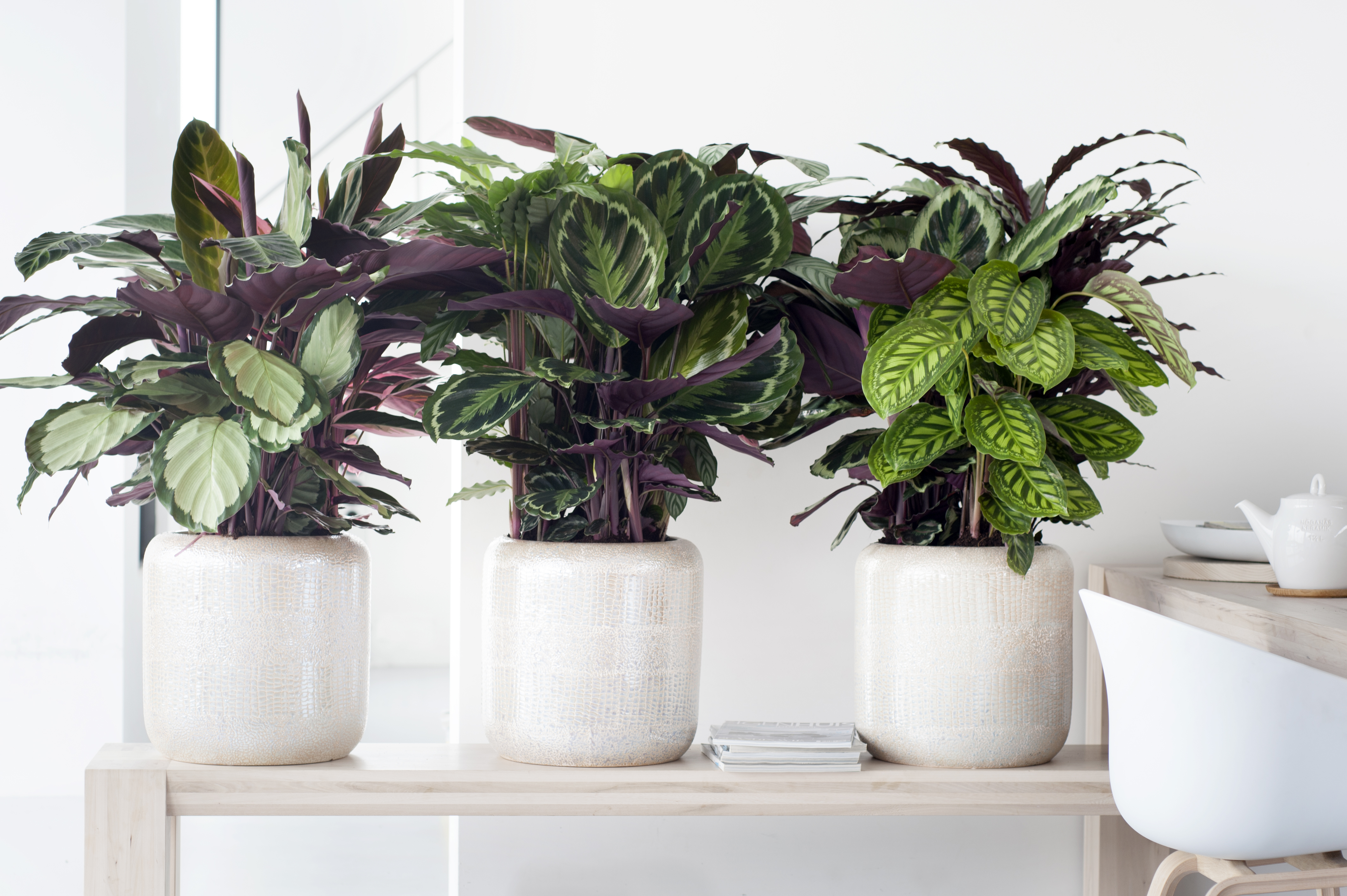
‘When it comes to watering, check the soil weekly and water evenly around the topsoil when the top 2in (5cm) are dry,’ says Richard Cheshire. ‘Do bear in mind that if you live in an area with particularly hard water, this can cause problems, so try using filtered water or water that has been “aged” in some way. Leaving a full watering can to sit overnight will dissipate any harsh minerals from hard water and keep the color of your peacock plant looking fresh.’
Horticultural writer Veronica Peerless, author of How Not To Kill Your Houseplant, explains, ‘Plants need less water than we realize. Use the soil as an indicator. It’s OK for the top inch to be dry but if it’s more then it’s time to soak the plant. Soak the plant in its plastic pot for 30 minutes, and allow it to drain before popping it back in place.’
One word of warning besides not using fresh water from the tap: take care not to splash the leaves either, as this can lead to unsightly leaf spot. To prevent this condition from spreading, promptly snip off and remove any affected leaves.
What problems could a peacock plant have?
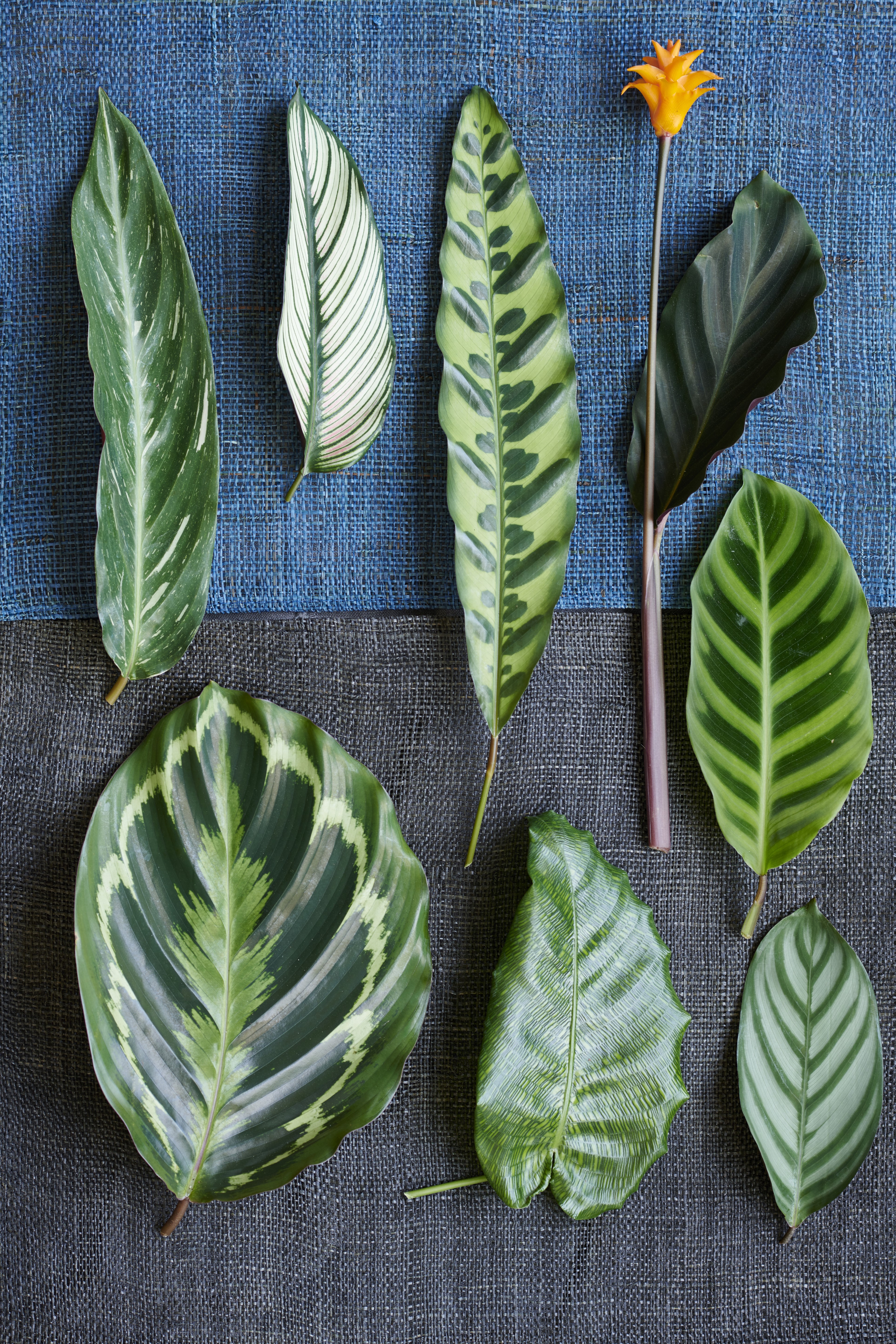
As with most house plants that originate from warmer climes, living in an artificially heated home in the northern hemisphere can lead to some teething problems when caring for a peacock plant. These troubleshooting tips will help:
Brown tips and edges on leaves can be caused by dry air. Boost humidity around the plant by standing it on a tray of damp pebbles, gravel or clay pellets. Alternatively, try misting your plant daily with a water spray or move your peacock plant to a warmer, humid room such as the bathroom or kitchen.
Brown patches on leaves are likely to be signs of sunburn. Move the plant out of direct sunlight which can scorch the foliage.
If the leaves are lacking in color, it may mean that your plant is receiving too much light, so reposition it somewhere shadier.
Does a peacock plant ever flower?

Although usually grown for their highly patterned foliage, peacock plants can produce clusters of small white flowers several times during a year.
One exception is the flowering Calathea (Calathea crocata) which, although expensive, is popular. With a large number of dazzling orange flowers proudly standing tall against dark green and burgundy leaves, it is quite a spectacle.
Repotting a peacock plant
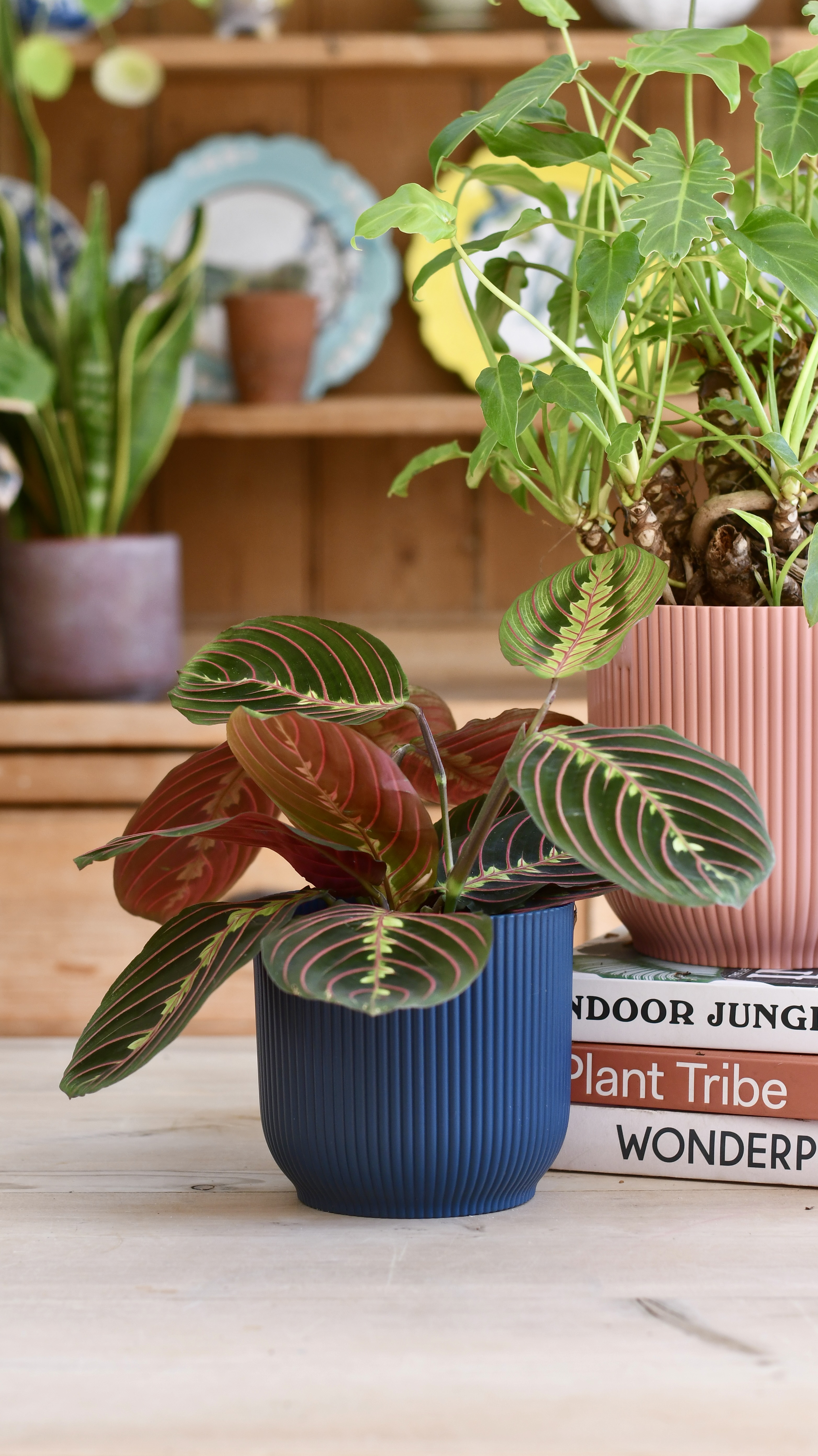
Moving a thriving plant to a larger pot is key to keeping it healthy and looking good, and caring for a peacock plant is no exception. ‘You should repot every 12 to 18 months, refreshing soil nutrients, but use a well-draining houseplant potting mix, not garden soil/compost,’ says Mark McCance. ‘Always try to repot in the spring.’
If your plant is showing signs of being root-bound – where roots grow tightly, spiralling around the pot or even trying to escape it altogether – it’s time to repot. Aim for a pot that’s 1 to 2in (2.5 to 5cm) bigger.
‘Gently hold the plant by its stem and pull the plastic pot away from the plant,’ says Mark Lawlor. ‘Gently loosen the roots, removing a third of the old soil. Add your plant to a new pot and cover it with fresh potting soil ensuring you don’t pack it too tightly as you want the roots to have plenty of space to grow, and then water well.’
When to prune a peacock plant
Every leaf is to be admired but there may come a time when caring for a peacock plant when the odd one yellows or develops brown edges. If this happens, it may be best to remove the leaf and discard it. Simply snip off at the base of the stem.
Should I mist my peacock plant?
A peacock plant can benefit from misting to provide it with sufficient humidity. Look out for brown tips and edges on leaves, which may be a result of dry air. Putting it on a tray of damp pebbles, gravel or clay pellets is a good idea, too.
How often should you water a peacock plant?
You should water a peacock plant by checking the soil rather than according to a set schedule. Check the soil every few days and water when the top inch or so is dry during the growing season. Reduce watering during the winter. Use room temperature rainwater or distilled water.
Sign up to the Homes & Gardens newsletter
Design expertise in your inbox – from inspiring decorating ideas and beautiful celebrity homes to practical gardening advice and shopping round-ups.

Journalist Jill Morgan has spent over 20 years writing and editing gardening, interior and property features. Titles she has worked on include The English Home, House Beautiful, Ideal Home, Houzz and Modern Gardens and she writes regularly for H&G as a Contributing Editor. Whilst she is a dab hand at renovation projects and DIY, she is happiest when out digging in the garden or planning a new border.
-
 Zooey Deschanel and Jonathan Scott's breakfast nook is an innovative, effective use of kitchen space – it turns a 'dead area' into a cafe-style corner
Zooey Deschanel and Jonathan Scott's breakfast nook is an innovative, effective use of kitchen space – it turns a 'dead area' into a cafe-style cornerJonathan and Zooey have situated an eccentric yet elegant dining area in what may have been an otherwise underused corner
By Hannah Ziegler Published
-
 6 things you should never throw in the trash – and what to do for safe disposal instead
6 things you should never throw in the trash – and what to do for safe disposal insteadFrom batteries to space heaters, experts reveal what not to throw
By Andy van Terheyden Published